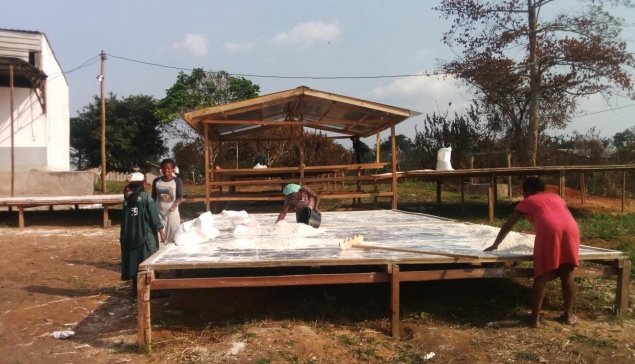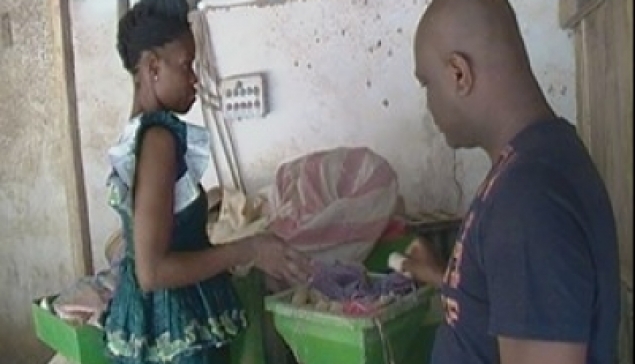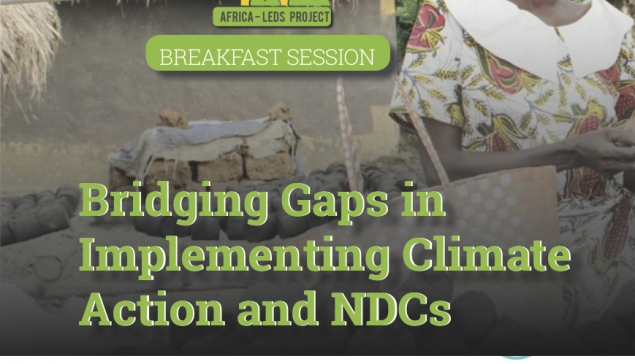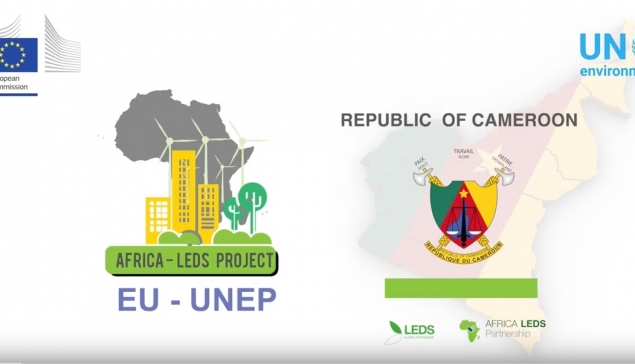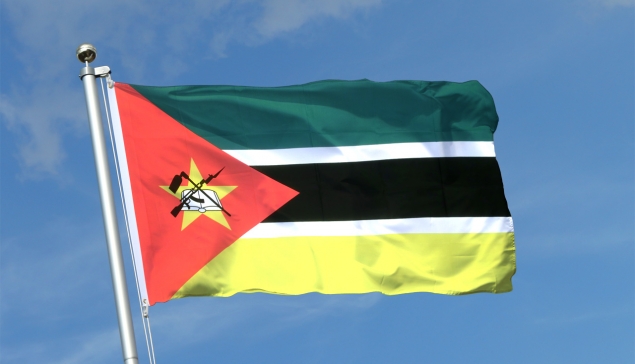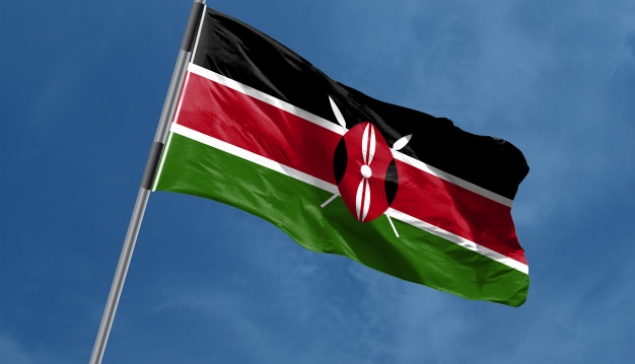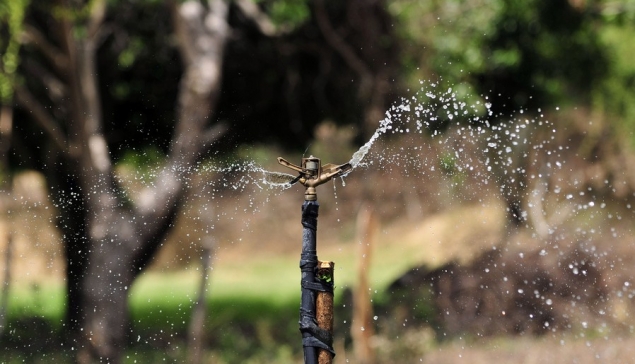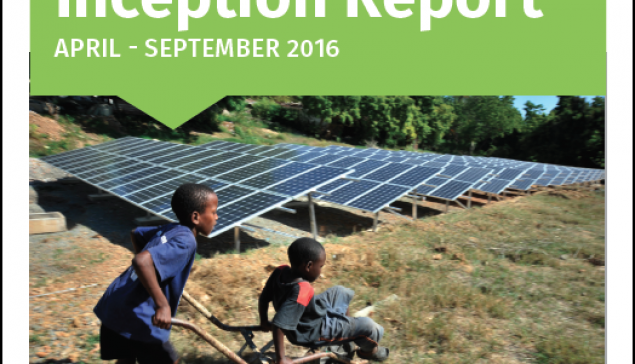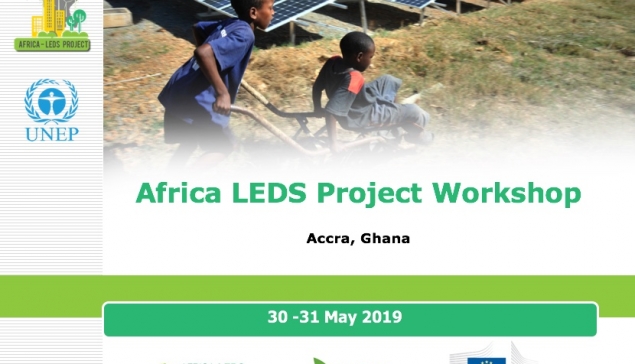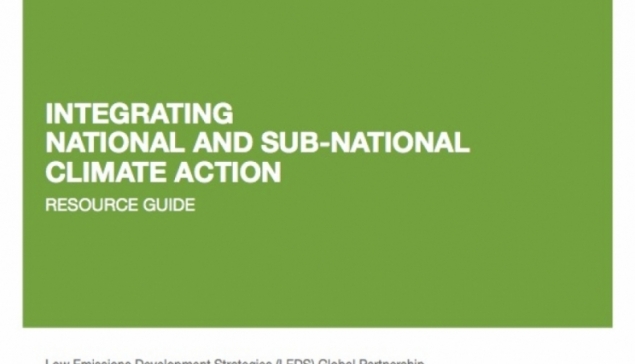- Hits: 2172
Cote D'Ivoire modelling scoping meeting
- Hits: 3116
Cameroon Inception workshop
- Hits: 2356
Cameroon modelling scoping meeting
- Hits: 1501
Cote D'ivoire Inception workshop
- Hits: 10727
D.R. Congo Inception workshop
- Hits: 2394
Ghana modelling scoping meeting
- Hits: 2077
Zambia modelling scoping meeting
Subcategories
Cameroon Article Count: 4
Cameroon implemented both project components. Under component 1, the ground demonstration action involved greening the countries agro-value chains using nature-based, climate-smart agricultural approaches for on-farm production, clean energy to power agro-processing, and Information and Communication Technology (ICT) digital tools for connection to markets – in place of business as usual (BAU) paper processes and product transport that has a higher carbon footprint. This demonstration covered NDC priorities in agriculture, energy, forestry, and transport. The ground action was done at two sites – Jakiri municipality and the Ngoulemakong municipality. Jakiri involved linking a micro-hydro plant to power milling of cassava sourced from a local cooperative into flour. This flour was then marketed using a digital ICT tool called AfroShop. At the Ngoulemakong municipality site, solar driers were used to dry cassava for preservation and preparation for processing. Results were compiled into case studies and shared with policy makers through the Ministry of Environment that convenes the interagency policy taskforce.
Under component 2, the country developed an indigenous model – a customised model that can forecast simultaneous climate and socioeconomic impacts of greening Cameroon’s agro-value chain. The analysis was done using data from the ground demonstration under Component 1 and extrapolated impact nationally and over time up to 2035, the year the national development strategy, Vision 2035, is set to expire.
D. R. Congo Article Count: 2
DRC implemented both project components. Under component 1, the ground demonstration focused on waste to energy, where general and organic waste was converted to biogas and fuel briquettes. This covered NDC priorities in energy, forestry and waste management. Work was done at two sites – the “Higher Institute of Applied Techniques” premises in Ndolo municipality was used for biogas production (organic waste to biogas) and households in Barumbu municipality were used for testing the briquettes (general solid waste to fuel briquettes), also produced in Ndolo.
Under component 2, the country modified the Model for Assessment of Energy Demand (MAED) model to forecast simultaneous climate and socio-economic impacts of investing in waste-to-energy systems towards meeting the national development priority to distribute 1 million improved cookstoves.
Cote d’Ivoire Article Count: 3
Cote d’Ivoire implemented both project components. Under component 1, the ground demonstrations focused on smart rice cultivation practices and rice milling by-products recovery for energy use. Specifically, by-products recovery for energy use refers to conversion of rice husk to fuel briquettes for use as cooking fuel. This process covered NDC priorities in three of the highest emitting sectors in the country – agriculture, energy, and forestry. This pilot addresses forestry because the rice husk briquettes produced offset charcoal and the associated unsustainable local wood harvests. Climate smart rice cultivation pilots were conducted at two sites - Tipadipa and Tietiekou outside of Gagnoa (south-central Côte d’Ivoire). The rice farm pilots plots were 50 hectares in size. Smart practices included rice straw composting (and use as fertilizer), intermittent irrigation (instead of continuous flooding), and the use of higher yielding seedlings and planting techniques. BAU practices include continuous flooding (with high methane emissions), use of mineral fertilizers, and lower yielding seeds and planting techniques. Separately, a rice husk briquetting process at a small woman-operated mill in the town of Gagnoa was also evaluated. Rice husk is a low value by-product left over at a rice mill. Production and local use of rice husk briquettes as a cooking fuel offsets the use of BAU fuels, including charcoal and kerosene. If rice husk briquettes can successfully enter the local market, then lower demand for charcoal will support recovery of local forests. Results were compiled into case studies and shared with the inter-agency policy taskforce which brings all the ministries together including the Ministry of the Environment as the lead.
Under component 2, the country developed an integrated model combining existing tools of the Long-range Energy Alternatives Planning System, Integrated Benefits Calculator (LEAP – IBC), the Ex-Ante Carbon Balance Tool (EX-ACT), the Center for Climate Strategies’ (CCS) LEDS toolkit, and a geographic information system (GIS). This integrated framework was applied to forecast energy, emissions, resources, and socioeconomic impacts of investing in agriculture, biofertilizer, and agricultural by-products-to-energy systems as demonstrated under Component 1. Impacts were extrapolated through 2050 and scaled-up to the national level.
Kenya Article Count: 1
Kenya was a component 2 only country and focused on the modelling. Accordingly, the country developed an integrated model combining existing tools of LEAP – IBC, Abacus and I-JEDI to forecast simultaneous climate and socio-economic impacts of investing in clean cookstoves and agroforestry towards meeting national priorities on domestic energy and forestry stipulated in the NDCs, the National Climate Change Action Plan (NCCAP) and the farm forestry policy aims to increase forest cover to at least 10% by 2030.
Ghana Article Count: 1
Ghana was a component 2 only country and focused on the modelling. Accordingly, the country developed an integrated model combining existing tools of LEAP and REDD Abacus to forecast simultaneous climate and socioeconomic impacts of investing in renewable wood / plantation forests and improved cookstoves towards meeting national priority to distribute 2 million improved cookstoves and convert 12,000 ha per annum of degraded area to wood plantation.
Mozambique Article Count: 1
Mozambique was a component 2 only country and focused on the modelling. Accordingly, the country developed an integrated model combining existing tools of REDD Abacus and LEAP to forecast simultaneous climate and socioeconomic impacts of investing in agroforestry and solar powered irrigation to achieve national priority to scale up agroforestry to 4million hectares and irrigation coverage to 90,000ha.
Zambia Article Count: 1
Zambia was a component 2 only country and focused on the modelling. Accordingly, the country developed an integrated model combining existing tools of LEAP, I-JEDI, DIA (Development Impact Assessment), and AFOLU Analysis Tool to forecast simultaneous climate and socioeconomic impacts of investing in assisted natural regeneration and sustainable agriculture (organic fertiliser) for land use and clean cookstoves and mini-grids (solar and micro-hydro). These were strategic to drive NDC priorities in energy, agriculture, forestry, and land use.
Contact Us
Africa Low Emissions Development strategies (Africa-LEDS)
United Nations Environment Programme (UNEP)
Africa Office
P.O. Box 30552 00100
Nairobi, Kenya
Email: info@africaleds.org



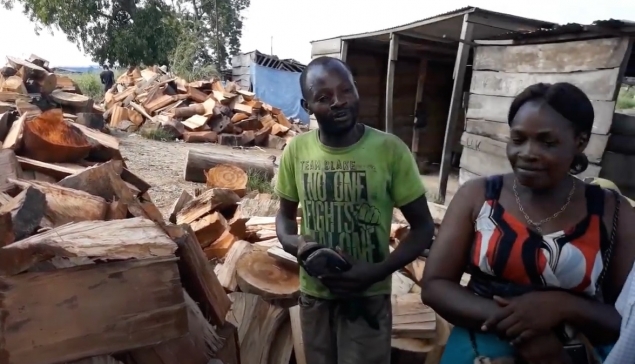
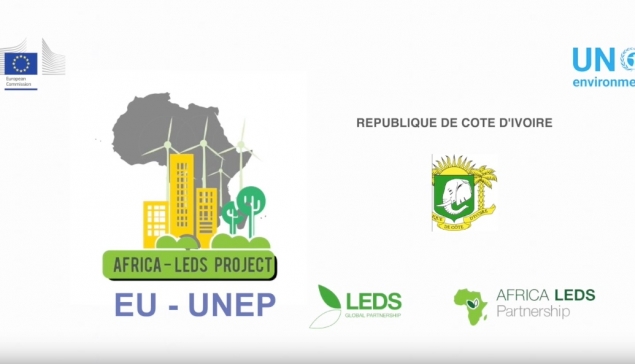
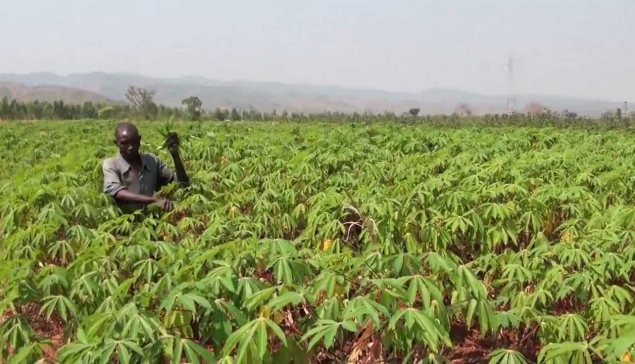

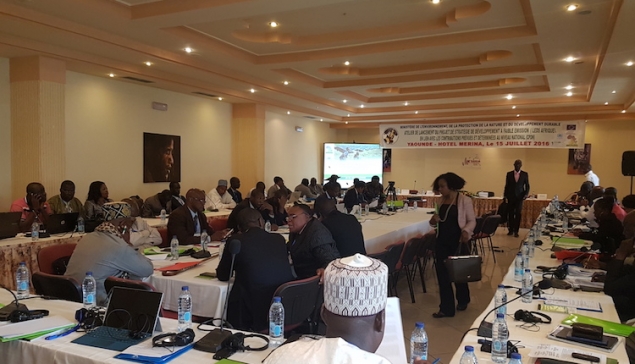
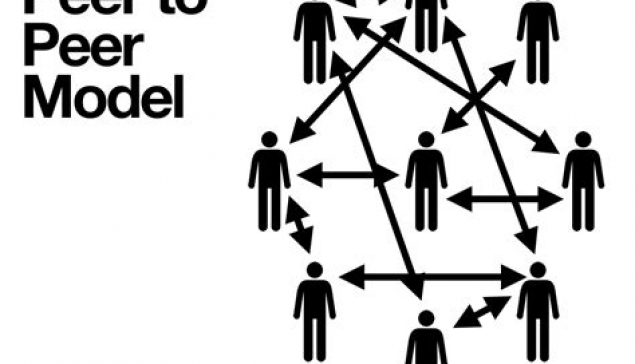



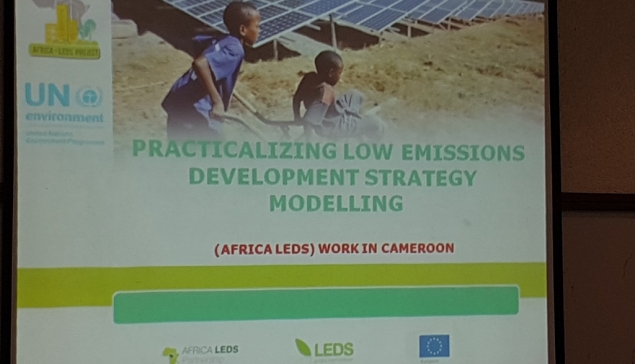


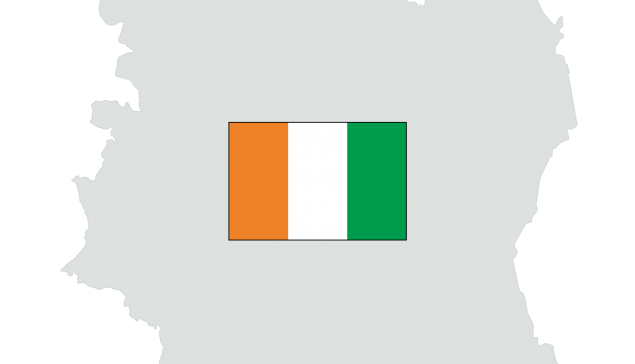


_large.jpg)

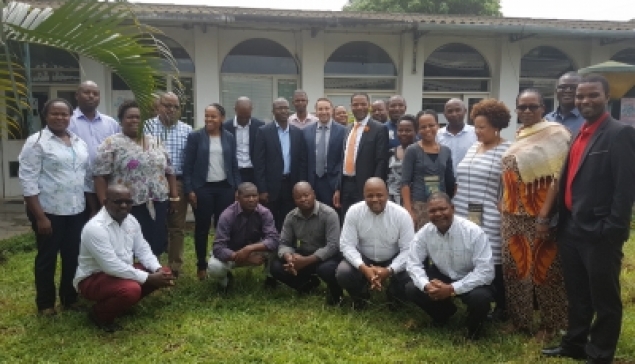

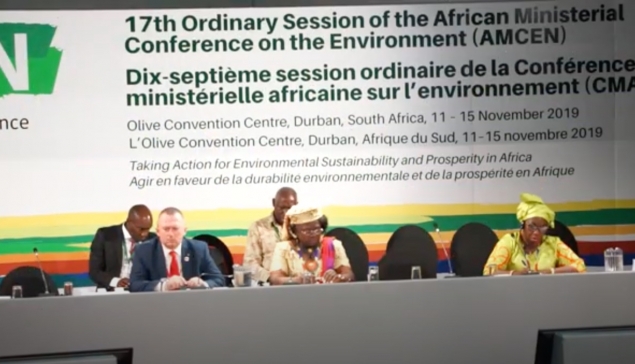

_large.jpg)
